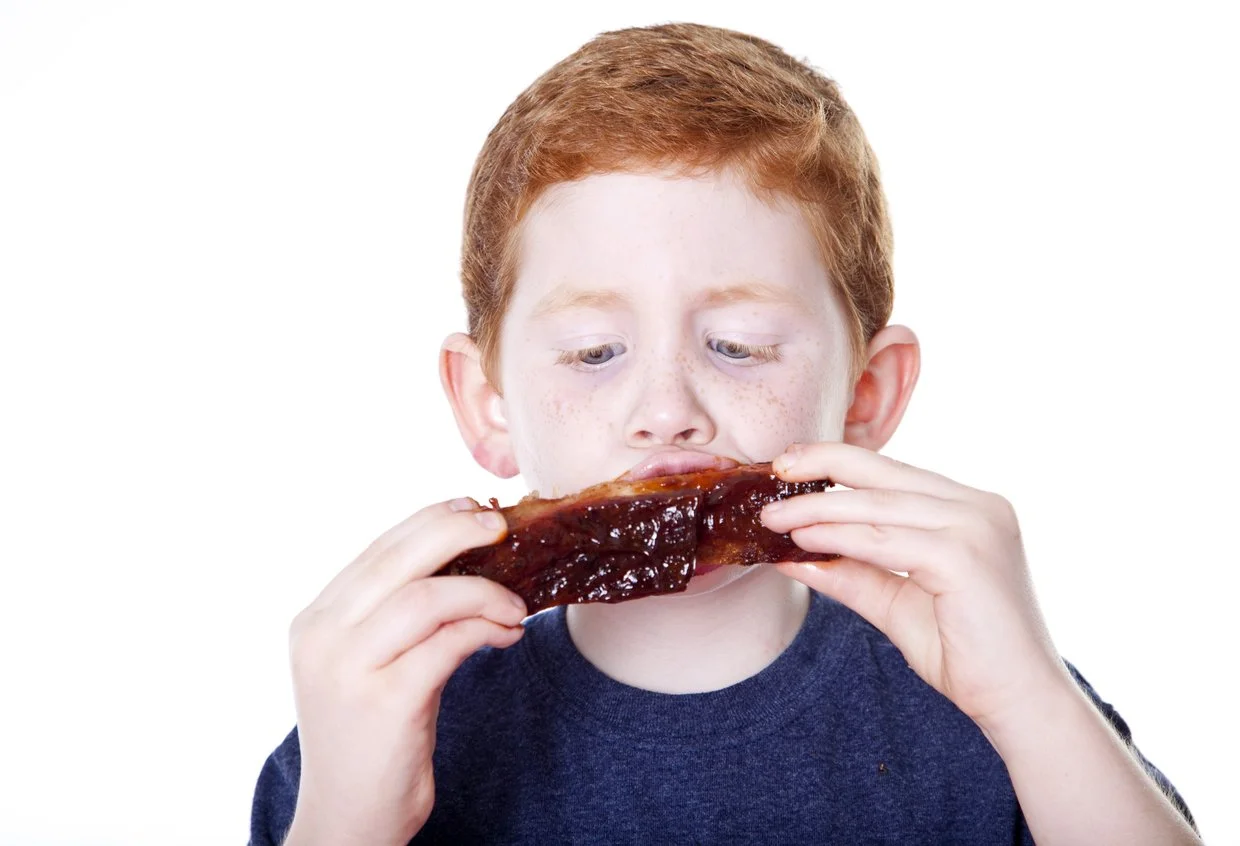Is Red Meat Safe for Kids?
Discover > Texas Mom Blog > Is Red Meat Safe for Kids?
Living in Texas where red meat (What wine goes well with red meat?) is a way of life, I get this question a lot! While the numerous health benefits of vegetables are indisputable, red meat has, and will always be part of my family's diet. Vegetables are filled with antioxidants, fiber, vital vitamins and essential minerals, veggies are essential for a balanced diet and a healthy body and mind. That is, in fact, one of the core principles behind our work at TexasRealFood. We also passionately believe that these foods should, as often as possible, come from a local, organic source free from pesticides. Our listings of local Texas food businesses reflect the same ethos!
In my home, we also add sources of animal protein to our daily food intake. And red meat is a family favorite that we regularly enjoy! This article will discuss how red meat is not only safe but in fact healthy for kids and adults alike.
Humans have been eating meat since the beginning of time. Our bodies are well adapted to eating animal protein and are, in many ways, reliant on the vitamins and minerals that are exclusively available in animal products.
With the growth of vegetarian diets, US consumers consume about 14% less meat than they did ten years ago. While some consider this to be a good thing, one Texas A&M scientist warns that the effects of a decline in meat consumption may harm child health and growth.
Guoyao Wu, Distinguished Professor of Animal Science at Texas A&M University notes, “Obesity rates have accelerated in the last two decades, while consumption of meat has dropped. So I don’t believe one can say eating red meat causes obesity. Instead, I think excessive portion sizes and a shortage of exercise are more likely the driving factors of obesity.”
In a paper published by the American Society of Animal Science, Wu and his co-authors investigated the structures of amino acids in various cuts of beef. They concluded that many antioxidants in animal meat such as taurine and carnosine, which are vital in protecting the gut, skin, heart, eyes, and other organs, are not available in any plant-based foods.
The Role of Red Meat in Children’s Diets
Despite our society’s obsession with demonizing fat, this macronutrient is crucial for growth and development, especially in children. Kids require high-quality fatty foods for optimal growth.
Fats are widely referred to as “brain food” and are essential for both babies and older children in fueling their rapidly developing brains. Healthy skin and the production of sex hormones are also linked to the consumption of healthy fats. The omega-3 and omega-6 fats that a child can get from grass-fed red meat are invaluable, as they allow for the absorption of fat-soluble vitamins such as vitamins A, D, E, and K.
Thanks to its high nutrient density and fatty acid profile, red meat is also exceptionally satiating, keeping kids fuller for longer, thus reducing the urge to reach for starchy or sugary snacks.
Consuming red meat also means getting in protein to help build skeletal muscle (muscle that connects to your bones and allows you to move!). Therefore, a diet lacking in this important source of complete protein is harmful in more ways than one.
Is All Red Meat the Same?
One of the main arguments opposing red meat attacks its cholesterol and saturated fat content. However, this isn’t as simple as it seems. For starters, recent research has debunked many of the 90s era myths that were fed to the public regarding fat, cholesterol, and their role in diabetes and heart disease. In fact, it’s been demonstrated that healthy fats and HDL cholesterol are essential for several key functions in our bodies.
When it comes to red meat, the associated health risks are linked to the “kind” of meat we eat. There’s just no comparison between processed meats, filled with added sugar, salt, nitrates, pesticides, hormones, preservatives, etc., and fresh, grass-fed or pasture-raised whole cuts of red meat from your local farm.
High-quality red meat from Texas pastures provide your kids with all the iron, vitamin B12, zinc, and essential fatty acids they need, without the risks that come with eating processed meats.
How Much Red Meat Should My Child Have?
While the amount of red meat your child can eat depends on their age, weight, and other health criteria, a balanced diet can typically include weekly portions of red meat. It’s always advised to consult with a pediatric nutritional therapist before making any specific diet-related decisions.
Can Babies Eat Red Meat?
The simple answer – yes! Giving your 6 to 8-month-old baby a little well-cooked red meat will give them that dose of essential nutrients they need for healthy growth and development.
The American Academy of Pediatrics and the Dietary Guidelines for Americans recommend introducing complementary foods such as red meat to infants and toddlers to ensure their diets have enough heme iron, protein, iron, zinc, and choline.
Consuming red meat is an entirely personal choice for families, but the advantages of eating farm-fresh red meat are many. As for my Texan family, I’ll be sticking with our usual routine –– visiting our local farmers’ market for some delicious pasture-raised meats and seasonal organic produce and adding them to our meal plans. We eat red meat once a week and enjoy lean meat options on the other days. Aside from this, we have one cooked and one fresh vegetable dish daily. I also try not to let conflicting nutrition opinions stress me out!
What are your thoughts on children eating red meat? Is it a family favorite or a strict no-no? Drop a comment and let us know!
Check out this list of healthy snack ideas for late night binges. They'll help you and your children stay healthy!
Discover the dangers of frequent processed meat consumption and adopt healthier alternatives for you and your loved ones.




